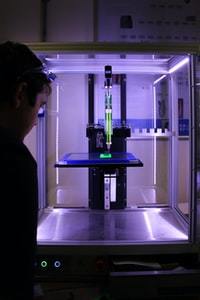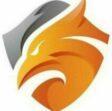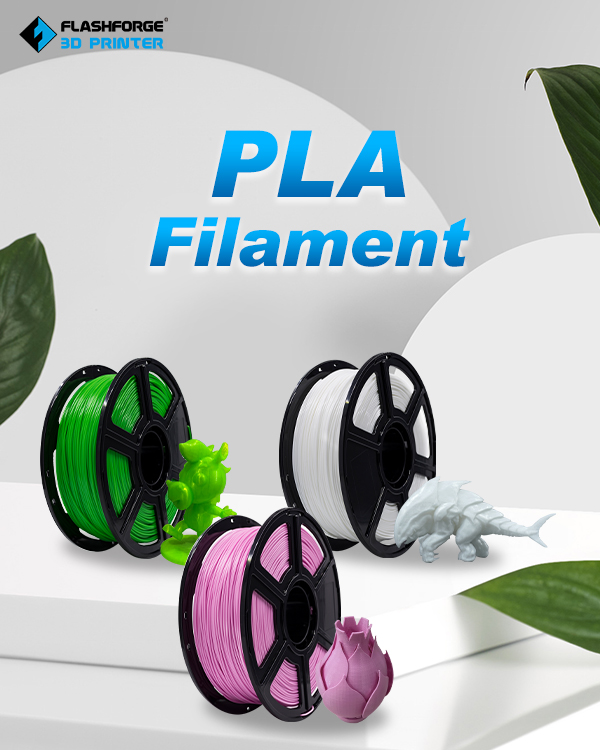If you’re interested in 3D printing, you’ll want to familiarize yourself with the different types of 3d printers and what they can do. There are two major categories of printers: FFF (Fused Filament Fabrication) and SLS (Selective Laser Sintering). The first category is the most common, as it is easy to use for beginners. In this article, I’ll cover the basics of each type so you can make an informed decision about which printer best suits your needs. Ok, let’s go!

Understanding The Different 3D Printers
FDM printers are the most affordable and widespread. They use a plastic filament to print objects. SLA printers, on the other hand, use liquid resins. This process allows for finer details and smoother surfaces.
If you’re just getting started, make sure you choose a printer that supports both models. Many 3D printers only support one of the two methods, which is not bad. While I recommend printing using the three methods, certain 3D printers can handle one or the other better.
Which type of 3D printer should you have? There are different models, and each has its pros and cons. I highly recommend purchasing the printer described with the most features and functionality. Other printers may have pros and cons, but I overlook these.
Enhance your productivity in a simple, easy & affordable way with OfficeSuite. Get 5 feature-packed office apps for a fraction of competitor prices. Try 30 Days for Free
If you consider printing one of the printers shown below, I’d recommend it as part of your first purchase. FDM FDM printers use plastic knives to cut out solid objects. This type of printer is relatively cheap, but the finished products aren’t very durable. I have seen users with subpar prints after just one or two models with this printer.
Pros: Lots of different options for materials. Can handle multiple materials well. It’s reasonably quick and easy to use.
Cons: It isn’t easy to control how it prints—brands and manufacturers shade in their suggested support materials.
If printed on straight, unbleached aluminum, they don’t have to shade in any particular way. However, you can print straight instead, and the colors will be similar (especially if you purchase inks compatible with that model).
Need something a little better? Creality sells a ton of different filaments for 3d printers found online.
Differences In the FFF And SLS
FFF (Fused Filament Fabrication) and SLS (Selective Laser Sintering) are different processes for 3D printing. Both printers use the same filament, but FFF is a process in which the filament is melted and deposited layer-by-layer with a hot-end extruder.SLS is a process in which the plastic is deposited layer-by-layer using an electric heater, and the plastic comes out smooth.
Both types also have a heated bed (therefore, a heated bed is also a part of what a 3D printer is); however, SLS printers usually have a larger build volume than FFF printers due to multiple layers of plastic. Before you choose your printer, you’ll be able to select the filaments used in the printer. Single-strand polyethylene terephthalate (PEEK), polylactic acid (PEX), nylon, and polyvinyl chloride (PVC) are the standard filaments used in FFF printers.
As well as polylactic soybean oil (PVA) and polylactic acid-based plastics, most SLS printers use a combination of PEEK, PEX, and PVC. Some models, like the XYZSmartFilament printers from Thingiverse, include both PEEK and PEX filaments, and you’ll need to purchase your own PEEK or PEX tubing for this machine. Now that you know the basics of FFF and SLS printing let’s discuss each printer’s pros and cons.
Positives of FFF Printer Filament selection is easier with FFF printers. They can switch between other filaments, such as PVA and PEX, which are less clogged. Filaments can be changed in a brief amount of time, making it easier to print low-cost, high-quality objects. You can print large batches of multiple items using the FFF printer simultaneously.
Please leave your comment or experiences below, please!
We would love to know what you think. Would you do us a favor and leave a comment if you have a moment?
It enables us to improve upon everything we do.
We’ve made leaving a comment or question easy! Just go below.
Some of the links in this article are affiliate links. If you were to buy something after clicking on one of these links, I would get a small commission.
Thanks for being part of the community!
Kevin



